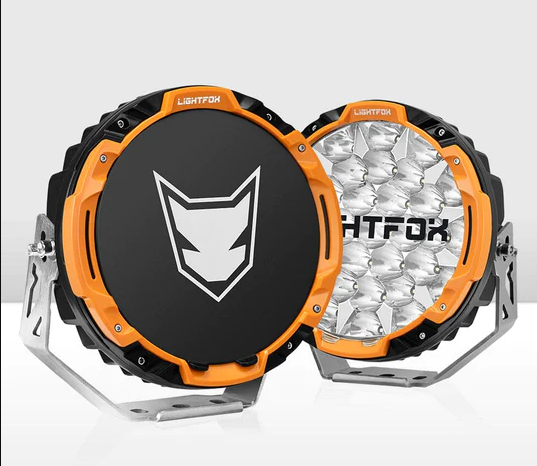Your transmission is an essential part of your vehicle. Without your 700R4 transmission (or any other type), your car isn’t going anywhere. This is because the transmission is responsible for moving power to the engine and wheels. If yours isn’t working right and needs to be replaced, you may be able to do it yourself.
Set Up Your Workspace
Create a safe workspace. Put the vehicle on four jack stands and ensure you have plenty of room underneath. The negative battery cable should be disconnected and a fluid catch basin should be under the car to catch anything that spills while you work. Be sure the car is in neutral with the parking brake off. Make sure that you have all the right tools as well. You’ll need:
- Wrenches, including a torque wrench
- Shop lift or high lift jacks and stands
- Hoist or block-and-tackle
- Mallet
- Funnel and basin to remove transmission fluid
- Screwdrivers in a range of sizes
- Transmission jack
- Wheel chocks
- Brake cleaner
- New transmission fluid
Remove the Old Transmission
Remove the transmission drain plug to drain fluid from the old one. Once drained, spray the exhaust mounting bolts with a product such as WD40. Then, remove the oxygen sensors and set them to the side. Next, take the bolts out of the driveshaft and remove the starter motor. Set them to the side. Remove the electrical connector that controls the 1200 HP Powerglide transmission. After that, use a line wrench to remove the fluid cooler lines and then remove the transmission torque converter. Loosen the bell housing bolts that are on either side of the transmission, then use a transmission jack to remove the transmission.
Installing the New Transmission
Place the new transmission on a wheeled jack and move the jack so it’s underneath the car. Raise it into the vehicle, then replace all of the bolts and reconnect all of the wiring. Once you have the new transmission in, double-check all of the bolts to ensure they are tightened to the right torque specifications. Once replaced, lower your vehicle back to the ground, put wheel chocks in place, and open the hood to reconnect and reinstall anything you had to disconnect before starting the transmission replacement. Double-check these bolts for torque specifications as well. Finally, take your car on a test drive to check out the new transmission.
Tips and Tricks for Installing a New Transmission
Follow all the safety precautions. They protect the new transmission, your vehicle, and you. It’s always a good idea to have a second person around while you install the transmission just in case you need help. Keep fluid tips in mind as well. Flush the transmission cooler often to prevent contamination by debris and add fluid before starting your engine. Finally, be sure not to overfill the transmission. This will cause it to foam and circulate air into the fluid, which can cause a wide range of problems.
Replacing your transmission is not as hard as it seems, especially when you have all the right engine rebuild tools. You can always talk to an expert if you need assistance with your replacement. You’ll be back on the road in no time.
